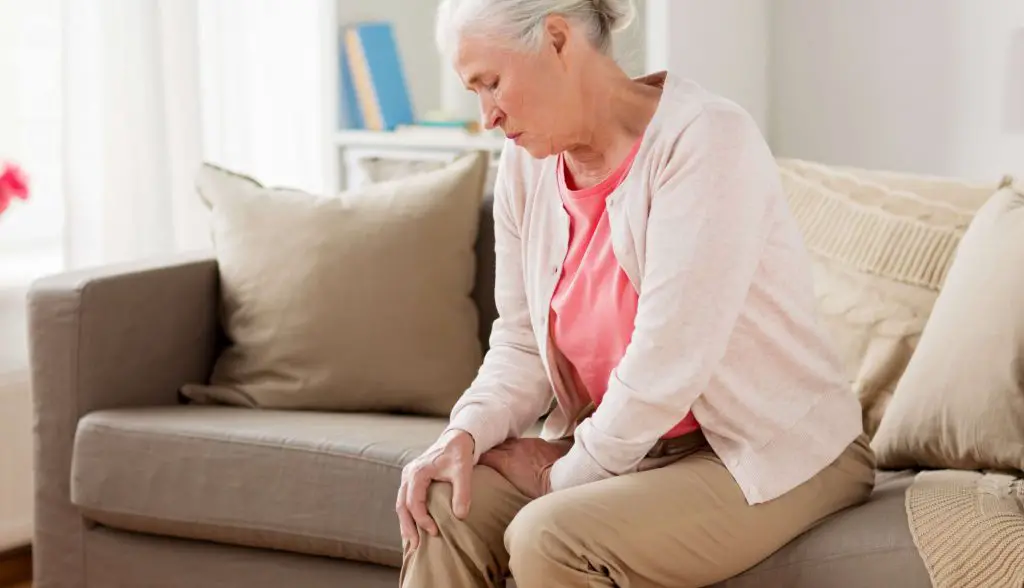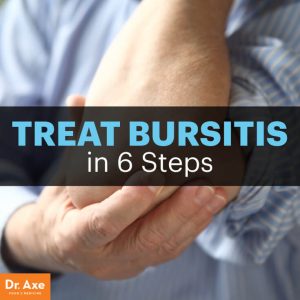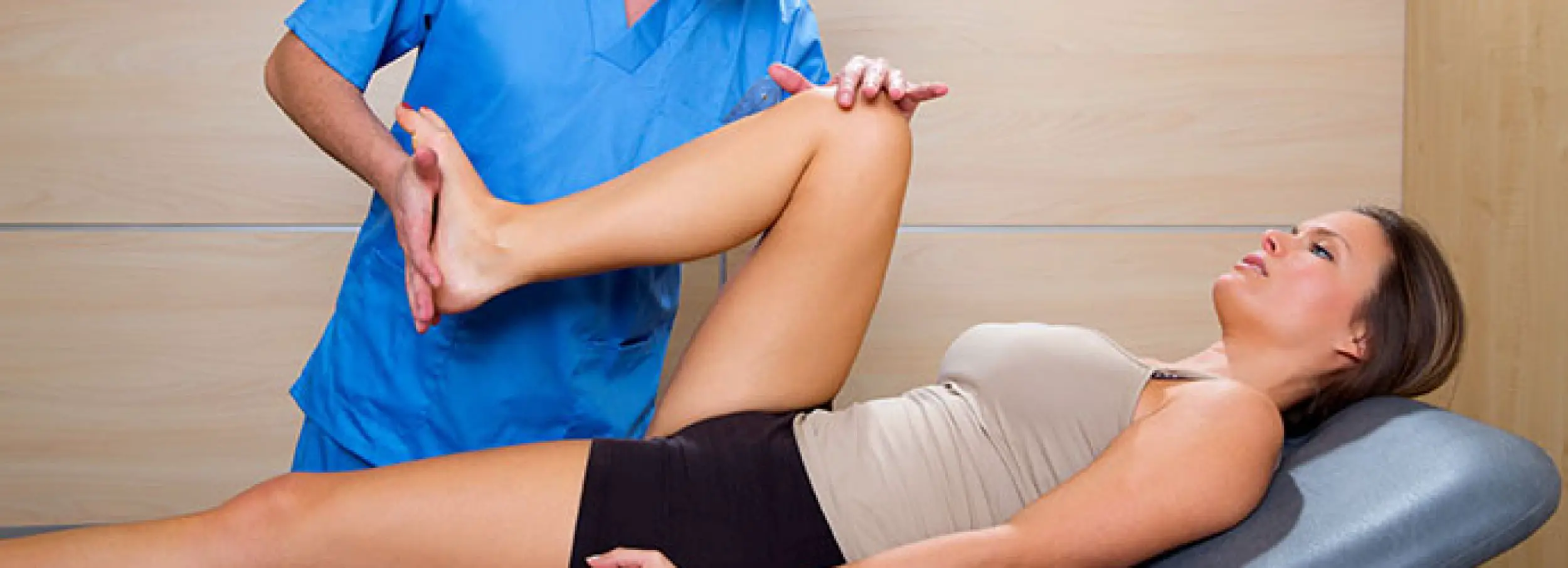If you are experiencing continuous or recurrent joint pain, chances are your first guess will not be bursitis but arthritis instead. You might have heard people talking about water on the knee and how painful that is. Well then, bursitis is the inflammation of the bursa, sacs filled with fluid inside the articulation that cushions the movements between bones and the adjacent muscle.
However, these structures are often affected and inflamed by various causes, and that’s what happens in bursitis.
Bursitis joint pain AKA Housemaids Knee
Bursitis also known commonly as “Housemaids knee” is yet another type of joint pain and should be separated from arthritis and other sources of articular pain. Pain is usually located in the knees, shoulders, elbows or hips. The area becomes tender, especially when applying pressure, but different from arthritis, bursitis pain improves after several weeks and may reoccur in the same articulation after some time. This is usually called a flare-up.
Another way to differentiate bursitis pain from arthritis pain is by looking at the extent of the pain. In arthritis, it is limited to the articulation, but in bursitis it often moves further to cause muscle aches and even a dull and persistent pain reported as bone ache.
The only good thing about bursitis is that resting, stretching and doing simple things such as applying ice can be quite useful to relieve the symptoms, and they might not come back for some time. However, once you’ve controlled bursitis pain, how can you prevent it from happening once again?
What are the root causes of a bursitis flare-up?

It is quite difficult to live with Housemaids Knee because prolonged inactivity and repetitive activity can both be triggers to the pain. For example, let’s say you’re sleeping on your side and maintained the same position all night long. In this case, you might wake up in pain if you suffered from bursitis in the hips. But if you do repetitive work that contributes to bursitis as well, especially in the case of articulations with a heavy burden such as the knees and the shoulders and others that may be used excessively such as the wrist.
Lifting heavy objects with the affected articulation is not a good idea if you’re not performing a correct technique. That’s especially the case if you have recently recovered from a bursitis flare-up. For instance, shoulder bursitis can be triggered by lifting objects with a poor technique, and the same applies to certain occupations with heavy shoulder use, such as painters and high-performance athletes.
The solution would be to lock your articulations and perform a safe movement always. Do not forget to stretch and avoid inactivity for a very long time in the affected articulation.
We can’t avoid mentioning nutritional triggers of inflammation in this section. Even though they are not going to trigger bursitis flare-ups independently, they are definitely contributors to precipitate a flare-up. In other words, food will not cause bursitis, but it sets the stage and plays an essential part in increasing your risk. All you do is contribute by lifting a heavy object with a poor technique, and you get a bursitis flare-up.
Pro-inflammatory foods are those with high acidity such as excess sugar, dairy products including cheese, red meat, drinks with caffeine and alcohol. We can also count in processed foods, confectionery, potato chips, fast food and anything lay people would recognise as junk food. Keep away from soft drinks and fizzy drinks, and try to eat whole wheat products instead of their refined counterparts.
Certain authors and books talk about the nightshade family of vegetables as a trigger of bursitis. We are talking about tomatoes, potatoes, bell peppers, and other foods otherwise regarded as healthy. However, there’s not sufficient medical evidence to link these healthy foods to a poor outcome. Every case of bursitis is different from the rest, and we would only encourage taking them out if you are having bursitis flare-ups after eating nightshade vegetables. So, write a food diary for some time if you want to be aware of which foods are triggering your own flare-ups.
Is there anything I can do to prevent bursitis flare-ups?
There is much you can do to prevent bursitis flare-ups. We have already mentioned some recommendations but will list them and summarise them in this section:
- Bursitis usually affects the same articulation. Use this to your advantage and avoid sleeping on the affected articulation.
- Be physically active or at least perform stretching movements every morning.
- If you’re lifting heavy weights, do not force yourself and be careful around your technique.
- If you’re performing repetitive activities, do not adopt awkward positions and rest your articulation regularly.
- Get rid of your hunchback. Straighten up but not excessively. Maintaining a proper posture will reduce pressure upon your articulations.
- Follow a food diary to detect which foods are triggering your flare-ups.
- Eat more anti-inflammatory and antioxidant foods to reduce the chance of inflammatory conditions in your bursa.
- Talk to your doctor about your condition so you can have a personal assessment and clear instructions on what to do and what to avoid.
Even though there are very specific recommendations your doctor may have in store for you, the tips we have listed above are useful for the majority of patients who suffer from bursitis. Thus, keep your articulations safe, live a healthier life and do not let flare-ups catch your joints once more with such annoying pain. That is not likely to happen so often when you understand the causes of your flare-ups and take the necessary steps to prevent them.
References:
Butcher, J. D., Salzman, K. L., & Lillegard, W. A. (1996). Lower extremity bursitis. American family physician, 53(7), 2317-2324.
Morelli, V., & Smith, V. (2001). Groin injuries in athletes. American family physician, 64(8).
McFarland, E. G., Mamanee, P., Queale, W. S., & Cosgarea, A. J. (2000). Olecranon and prepatellar bursitis: treating acute, chronic, and inflamed. The Physician and sportsmedicine, 28(3), 40-52.
McCarthy, P. (1989). Managing bursitis in the athlete: an overview. The Physician and sportsmedicine, 17(11), 115-125.
Reilly, D., & Kamineni, S. (2016). Olecranon bursitis. Journal of shoulder and elbow surgery, 25(1), 158-167.

Nice post! This is absolutely so useful to me as I’ve been suffering from joint knee pain lately and I still can’t go to my doctor because of my work. Thanks a lot for sharing this information!
I am happy we helped you Vic. Please let us know how it turns out for you.
Dr. Matthew Warburton